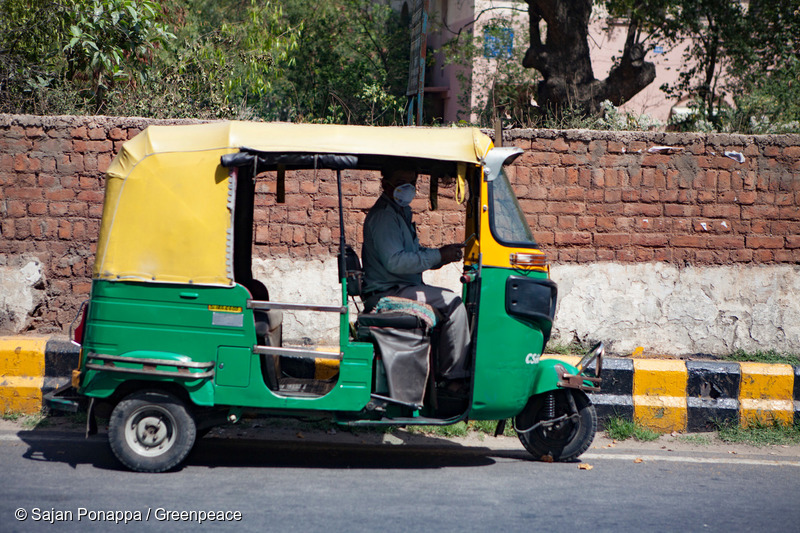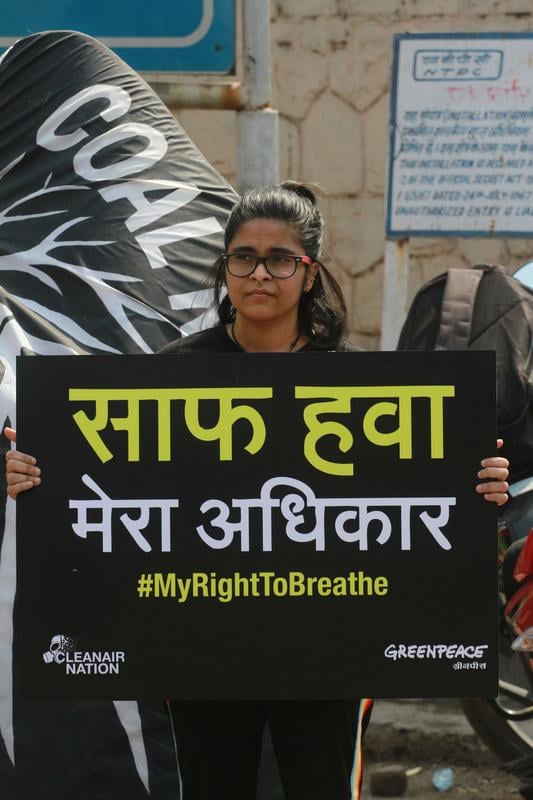According to the World Air Quality Report 2019, 21 out of the top 30 most polluted cities are located in India
New Delhi, February 25: With 90% of the global population breathing unsafe air, air pollution poses not only to be an environmental but a severe human rights issue. The latest data from continuous ambient air quality monitoring stations across the world, compiled by IQAir, World Air Quality Report 2019 and the most polluted cities ranking, reveals the changing state of particulate pollution (PM2.5) around the world during 2019.
In the context of South Asia, Indian cities again dominate the world’s most polluted cities for PM2.5 in 2019. 21out of the top 30 most polluted cities are located in India. Ghaziabad is the most polluted city in the world, followed by Noida, Gurugram and Greater Noida being in the top ten with Delhi in 5th place.

Globally India, with 58.1 μg/m3 PM 2.5 concentration ranks fifth in the ranking of polluted countries across the world. Bangladesh tops the list followed by Pakistan, Mongolia and Afghanistan.
However, the report also mentions that Indian cities have shown improvement from last year. Whilst cities in India, on average, exceed the WHO target for annual PM2.5 exposure by 500%, national air pollution decreased by 20% from 2018 to 2019, with 98% of cities are experiencing improvements.
Frank Hammes, IQAir CEO said, “While the Coronavirus is dominating international headlines, a silent killer is contributing to nearly 7 million more deaths a year: air pollution. The gap in air quality data in large parts of the world poses a serious problem, as what is not measured cannot be managed. Areas that lack air quality information are often estimated to have some of the world’s most severe air pollution, putting huge populations at risk. Growing public monitoring data globally, presents an opportunity to empower citizens and governments to implement informed policies to improve air quality.”
2019 air quality data shows clear indications that climate change can directly increase the risk of exposure to air pollution, through increased frequency and intensity of forest fires and sandstorms. Similarly, in many regions the cause of ambient PM2.5 pollution and climate changing greenhouse gases are linked, namely the burning of fossil fuels, such as coal.
Commenting on the World Air Quality Report 2019, Avinash Chanchal, Senior Campaigner at Greenpeace India said, “In Delhi, be it bypass roads, shutting down of Badarpur Power Plants, shifting the industries to PNG and BS VI mandate have had result in reduction of pollution levels on an annual average basis supported by favorable meteorological conditions in 2019 and an ongoing slowdown in marketplace, but latest World Air Quality Report is an indication that the steps taken are not sufficient.”
“It is noticeable that reports such as Airpocalypse-IV or World Air Quality Report 2019 are reflective of the trend that household and agricultural biomass burning is falling but fossil-fuelled energy consumption remains very high. Power Plants have not adhered and missed the deadline to install Flue Gas Desulphurization units to control pollution and the public transportation is nowhere near to be adequate to turn the tide on reducing dependence on privatized vehicle use. These facts are out in public domain, media reports about it regularly and the public is aware as well. Now the responsibility lies with the government to fix the accountability.,” added Chanchal.
Report link : Read the report
For further queries please contact:
Rohin Kumar, (Media Officer) 9013971997 ([email protected])
Avinash Kumar, (Senior Campaigner) 8882153664 ([email protected])

Air pollution is costing lives. Too many of us are breathing dirty, toxic air and facing its direct consequences.
